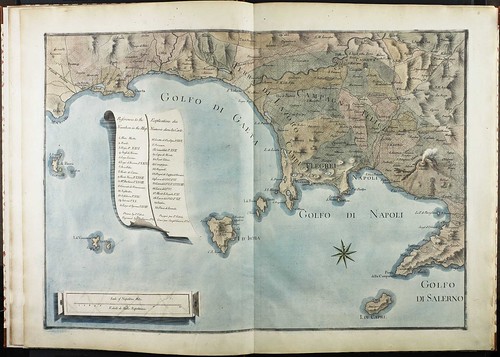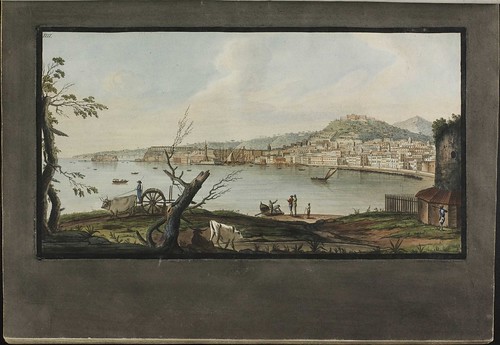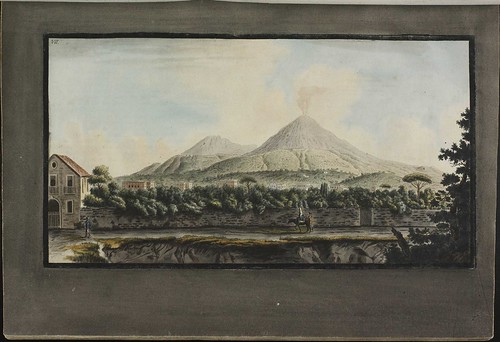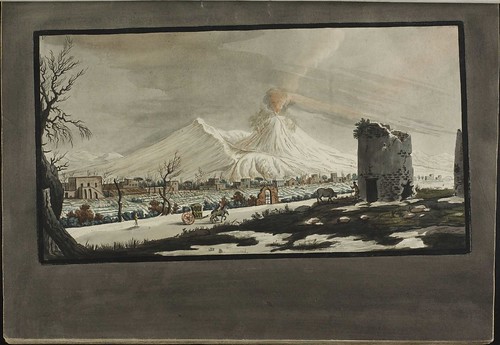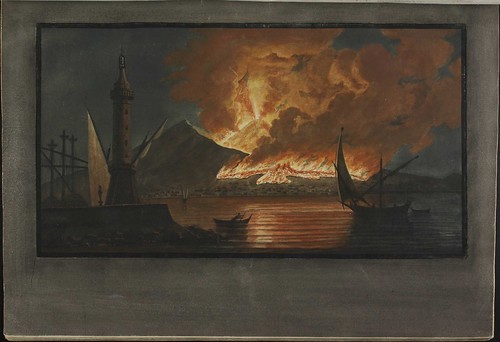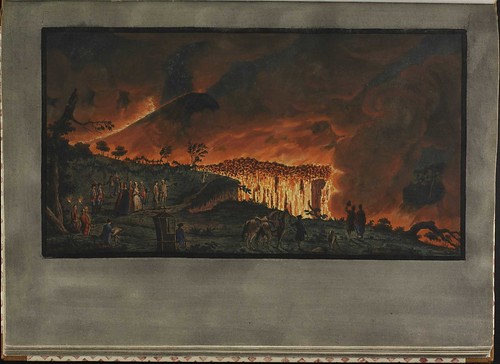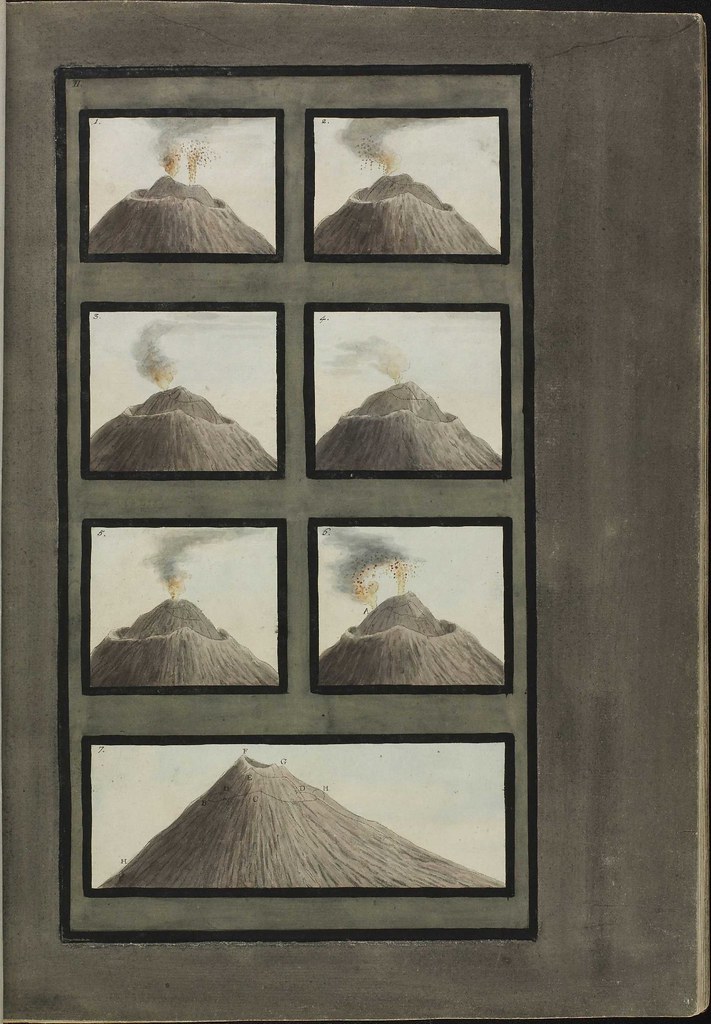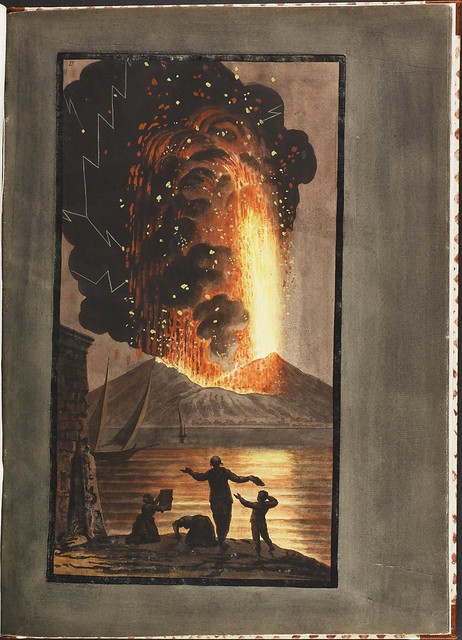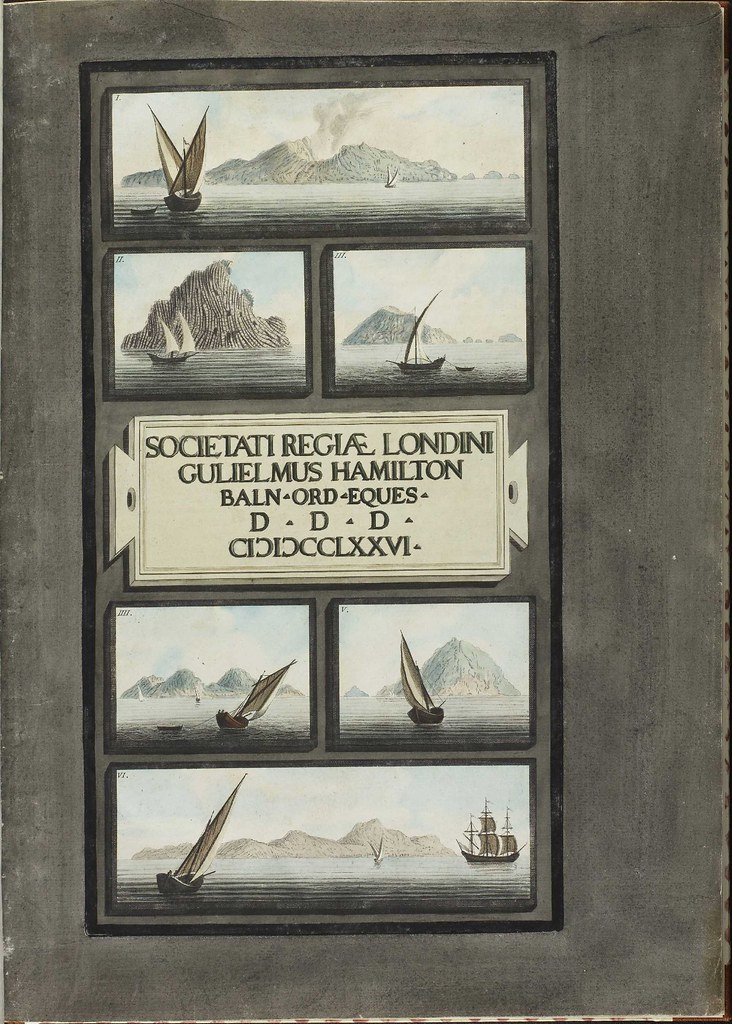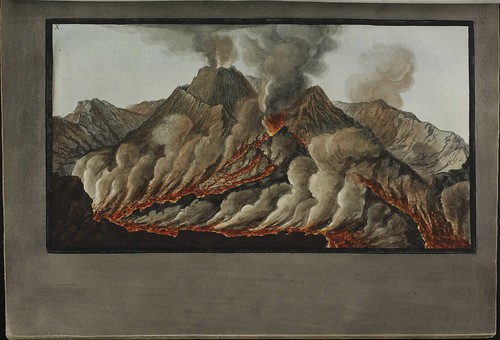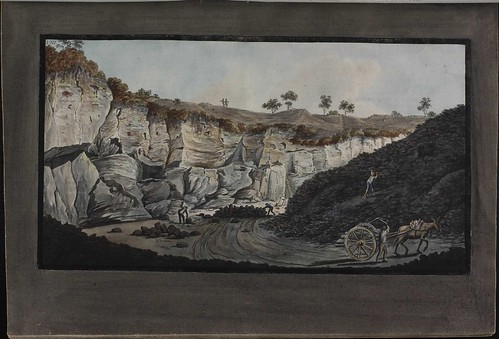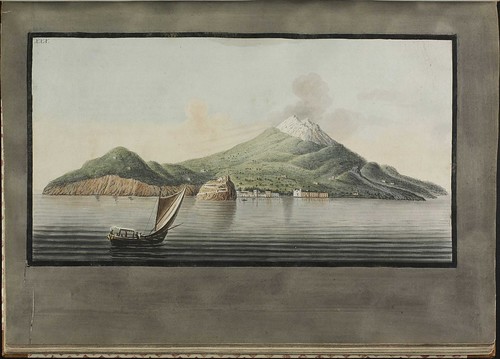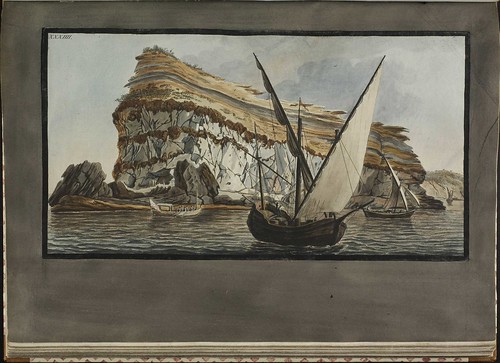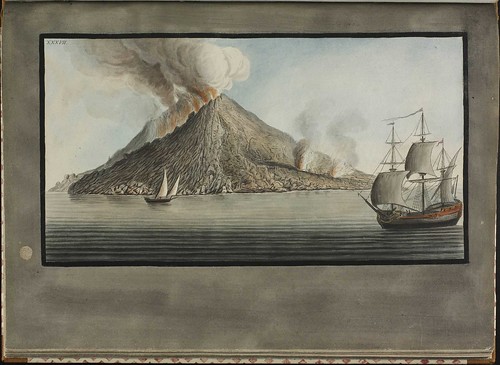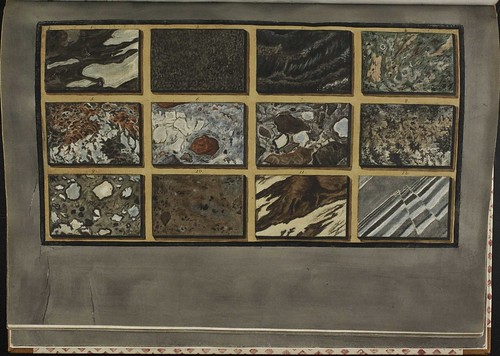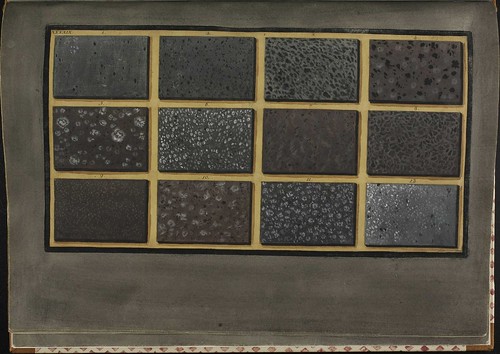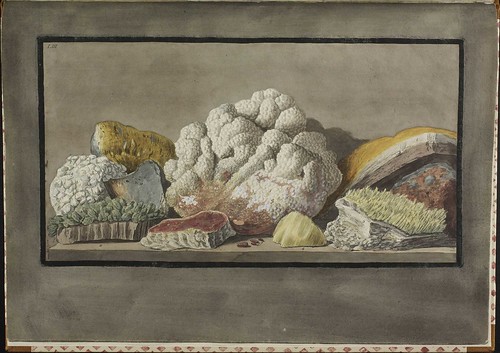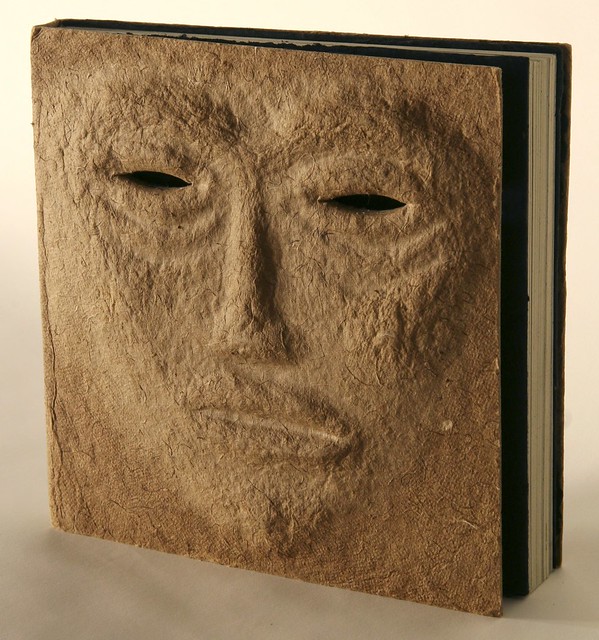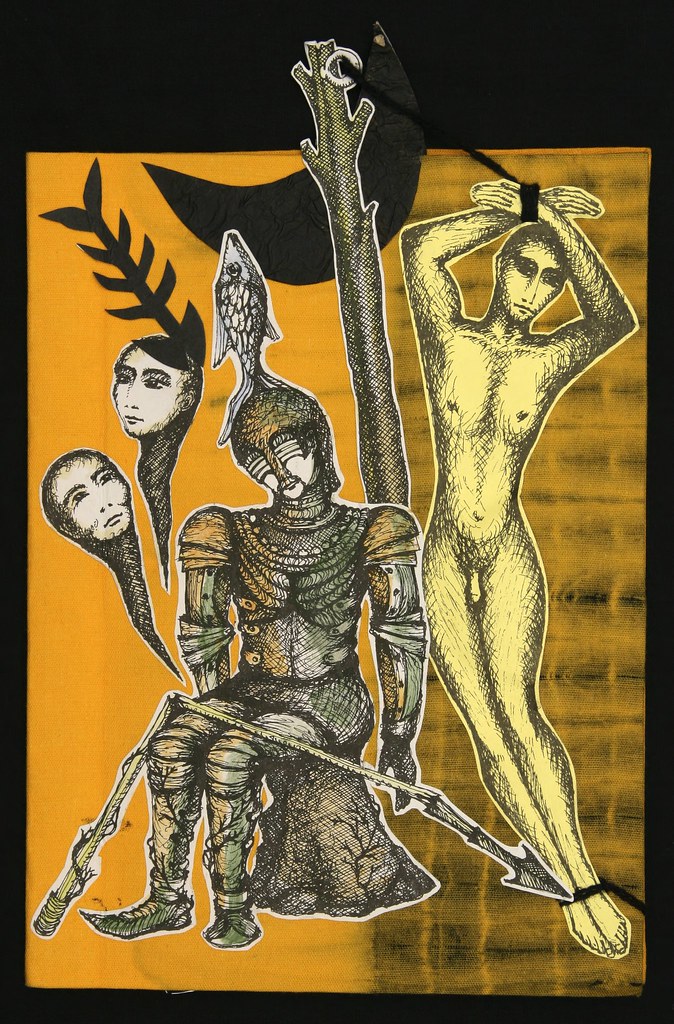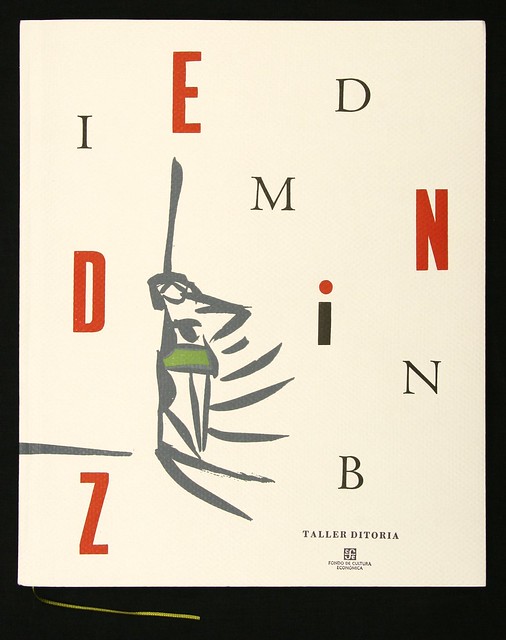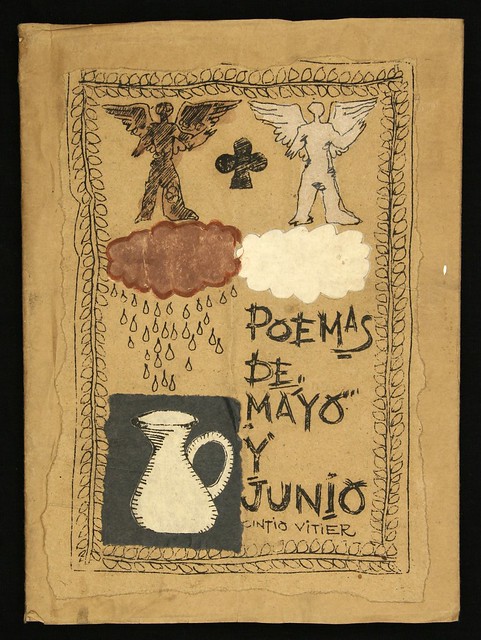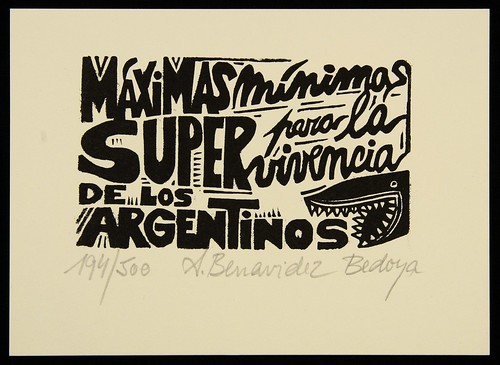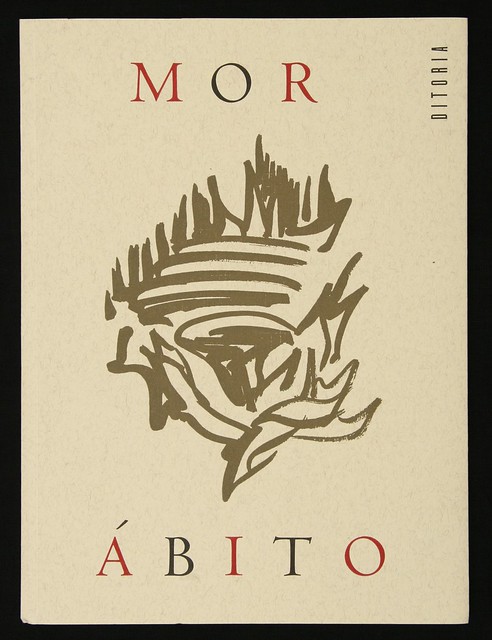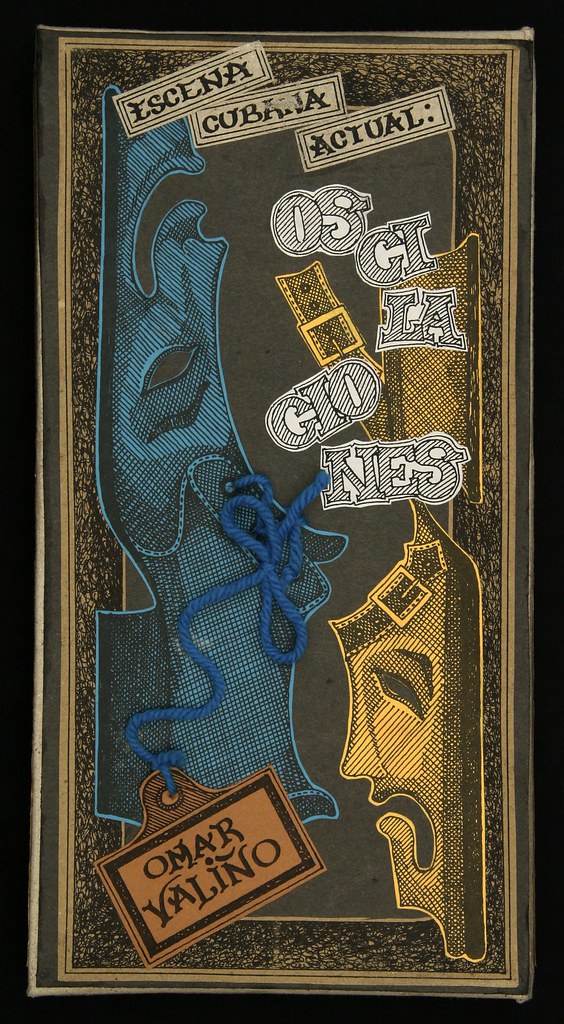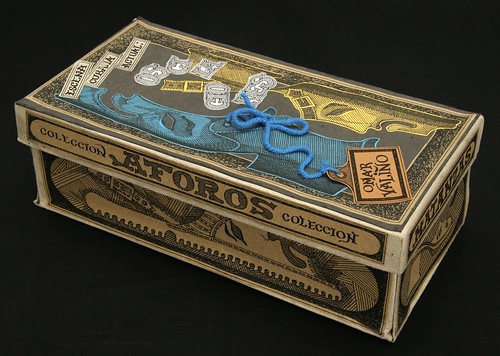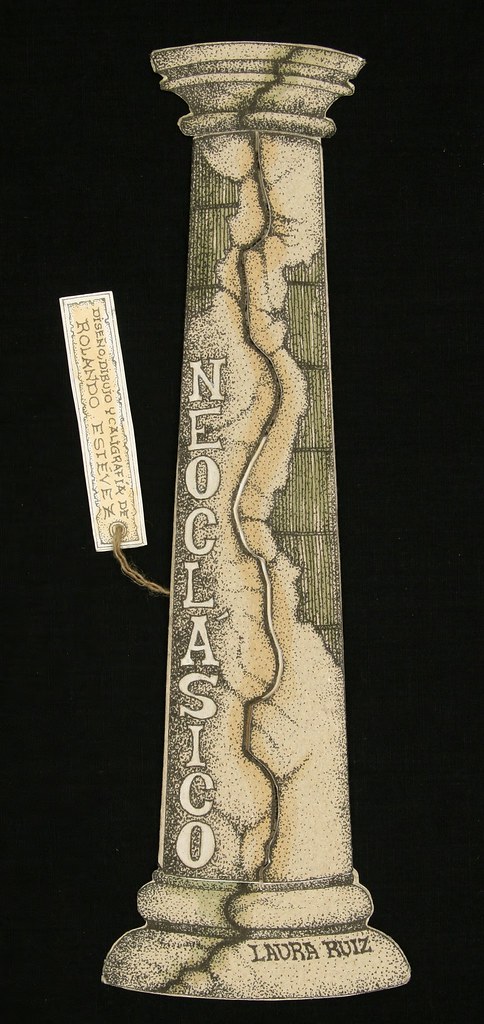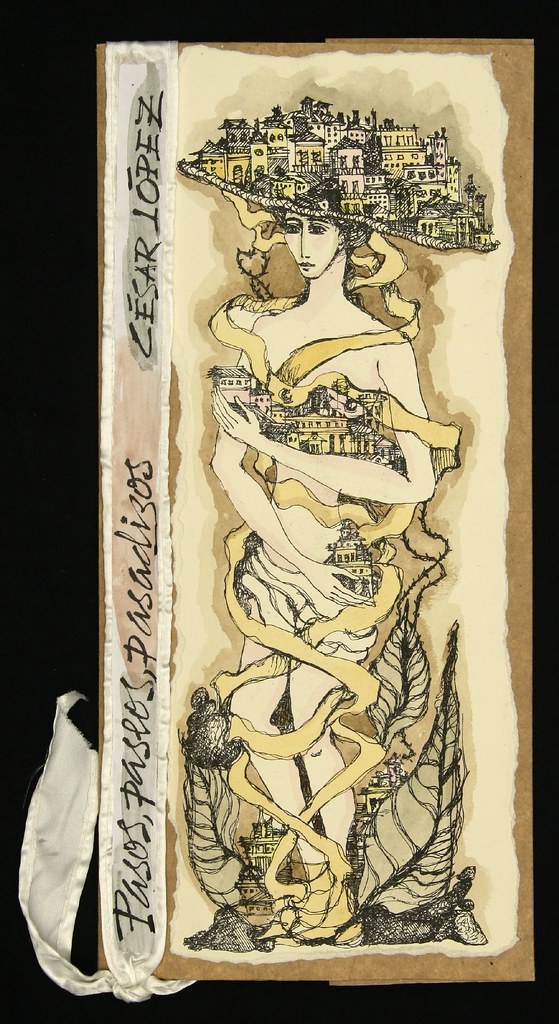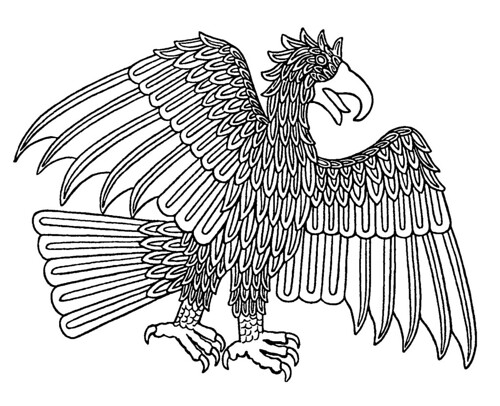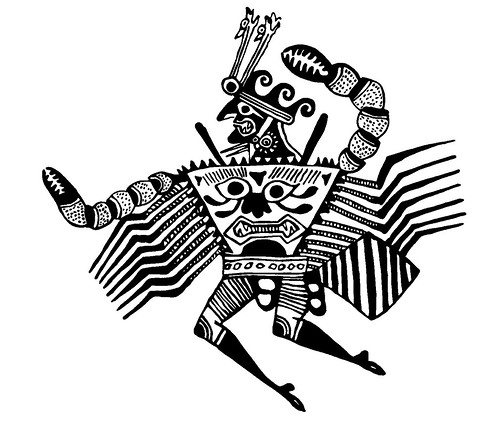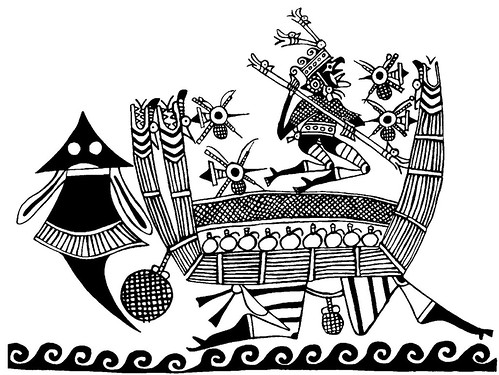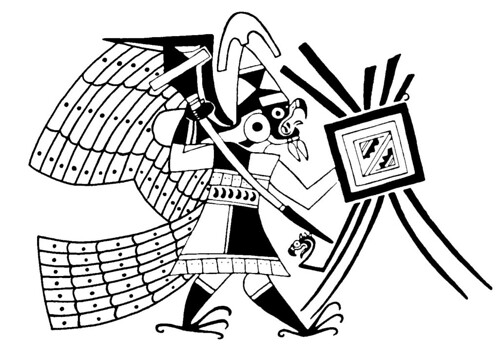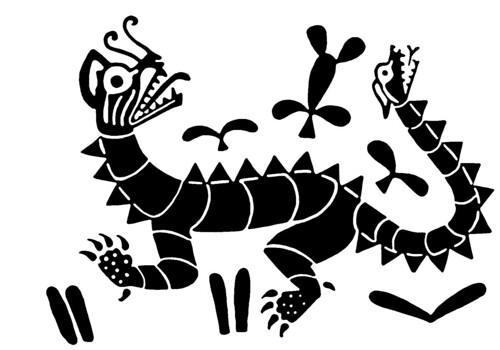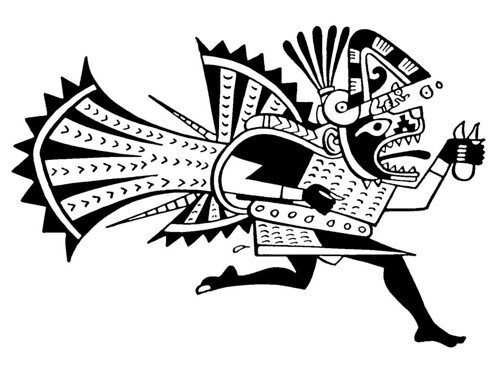Marcel Millet. La pierre de lune. Ed. L'édition française illustrée. 1920. Couverture d'André Foy.
C'est cette étrange et superbe couverture qui a en premier lieu attiré mon attention sur cet ouvrage plutôt rare mais peu recherché je pense, au vu de l'absence quasi totale d'allusion à cette curiosité sur le net. De Marcel Millet, on apprend ici qu'il fut un anarchiste assez prolifique, écrivant dans de nombreuses revues et publiant aussi bien des poèmes que des romans.
En l'occurrence La Pierre de Lune est un recueil de nouvelles ou de contes, pour la plupart fantastiques, dont l'originalité mériterait un peu plus d'attention. Le narrateur raconte - sur un ton léger et libertaire prônant la liberté totale, la fuite devant toute appartenance sinon celle de l'amour de sa compagne, la bien nommée Mienne - les mésaventures qu'il vécut avec sa femme au cours de leurs vagabondages.
C'est cette étrange et superbe couverture qui a en premier lieu attiré mon attention sur cet ouvrage plutôt rare mais peu recherché je pense, au vu de l'absence quasi totale d'allusion à cette curiosité sur le net. De Marcel Millet, on apprend ici qu'il fut un anarchiste assez prolifique, écrivant dans de nombreuses revues et publiant aussi bien des poèmes que des romans.
En l'occurrence La Pierre de Lune est un recueil de nouvelles ou de contes, pour la plupart fantastiques, dont l'originalité mériterait un peu plus d'attention. Le narrateur raconte - sur un ton léger et libertaire prônant la liberté totale, la fuite devant toute appartenance sinon celle de l'amour de sa compagne, la bien nommée Mienne - les mésaventures qu'il vécut avec sa femme au cours de leurs vagabondages.
La première nouvelle est la plus marquante à mes yeux. Le couple y rencontre le duo bien étrange d'un homme au physique de rat et de sa compagne, grande tige maigre et effrayante, tous deux marchands dans une étrange boutique, dans un petit village perdu. Ils s'aperçoivent progressivement que le surnom de Pitchin-garri (du provencal: petit rat) qu'ils s'étaient eux-même donnés pour s'amuser, s'adapte tout à fait à cet horrible couple de marchands. Puis tout vire à l'étrange. Les produits en vente dans la boutique sont tous d'un bizarre sans nom, l'atmosphère est trouble. Nos deux égarés finissent par vraiment ressembler eux-mêmes à des rats et deviennent les marchands étranges qu'ils ont cru rencontrer quelques minutes plus tôt. A leur tour prisonniers ils tenteront de s'échapper et de conjurer leur sort de possédés...
D'autres nouvelles n'ont rien de fantastique mais sont tout aussi plaisantes. Le narrateur et Mienne y défendent et cachent des évadés dans un pur esprit feuilletonnesque, anarchiste et gloupitant. Une autre nouvelle est une réflexion sur le meurtre par accident (de voiture) et l'importance d'une vie humaine quand des millions sont sacrifiées pendant des guerres absurdes.
Un recueil un peu fouillis donc mais dont le fil conducteur est cette générosité du narrateur derrière laquelle on sent un auteur avec lequel on serait bien allé vider une bouteille dans quelque lieu malfamé.
Et puis cette couverture d'André Foy !!
PS: les curieux pourront trouver cette perle pour 13 euros ici.
D'autres nouvelles n'ont rien de fantastique mais sont tout aussi plaisantes. Le narrateur et Mienne y défendent et cachent des évadés dans un pur esprit feuilletonnesque, anarchiste et gloupitant. Une autre nouvelle est une réflexion sur le meurtre par accident (de voiture) et l'importance d'une vie humaine quand des millions sont sacrifiées pendant des guerres absurdes.
Un recueil un peu fouillis donc mais dont le fil conducteur est cette générosité du narrateur derrière laquelle on sent un auteur avec lequel on serait bien allé vider une bouteille dans quelque lieu malfamé.
Et puis cette couverture d'André Foy !!
PS: les curieux pourront trouver cette perle pour 13 euros ici.





